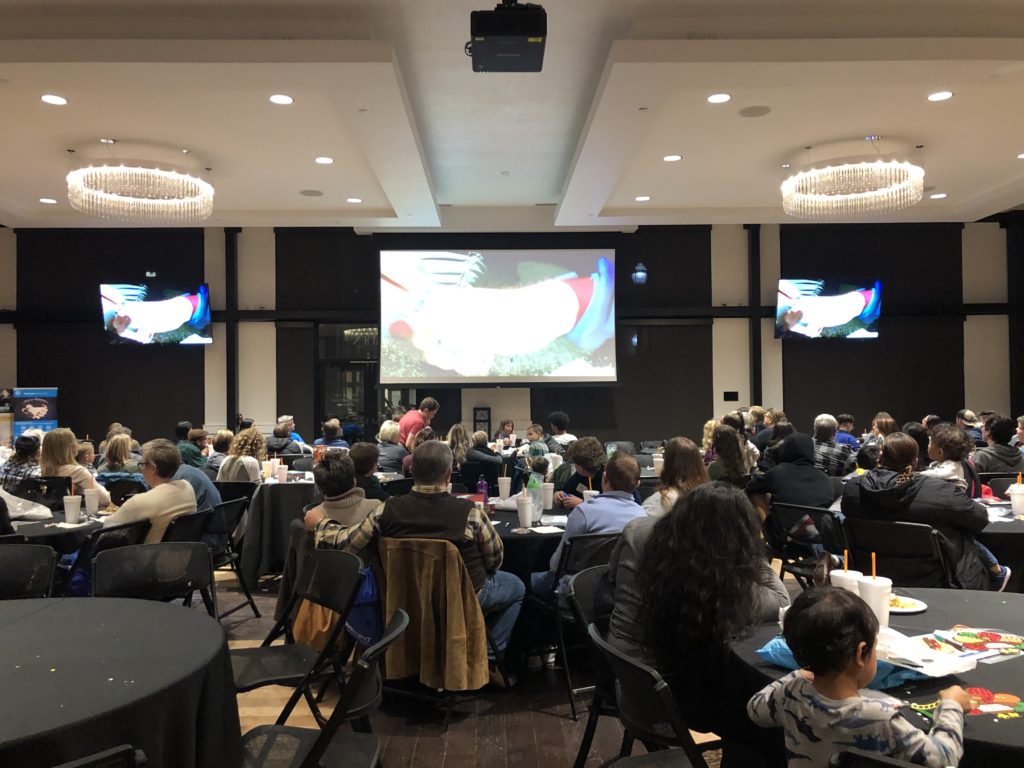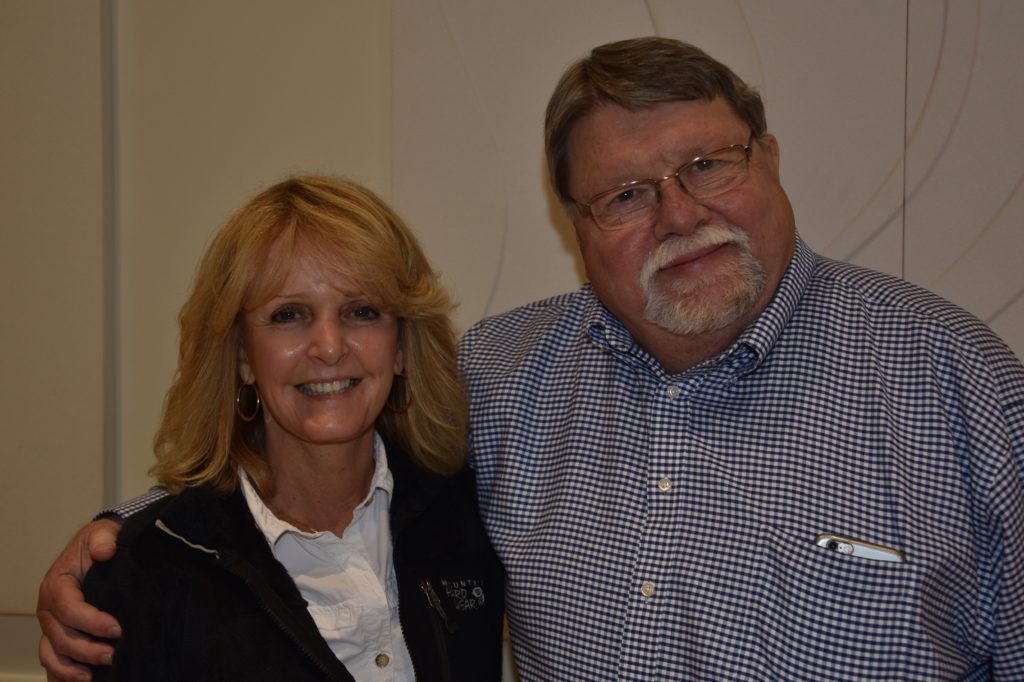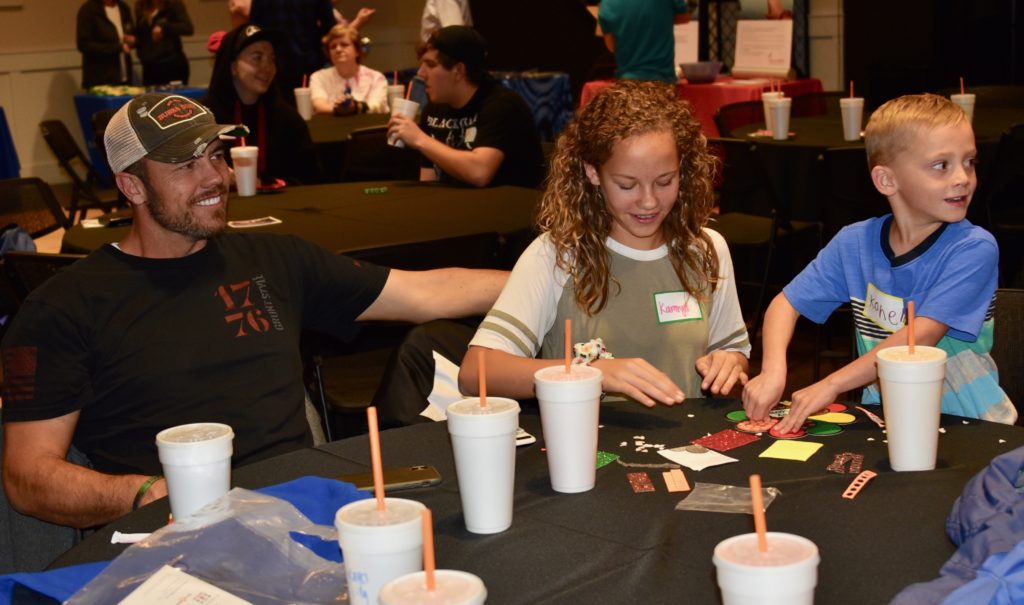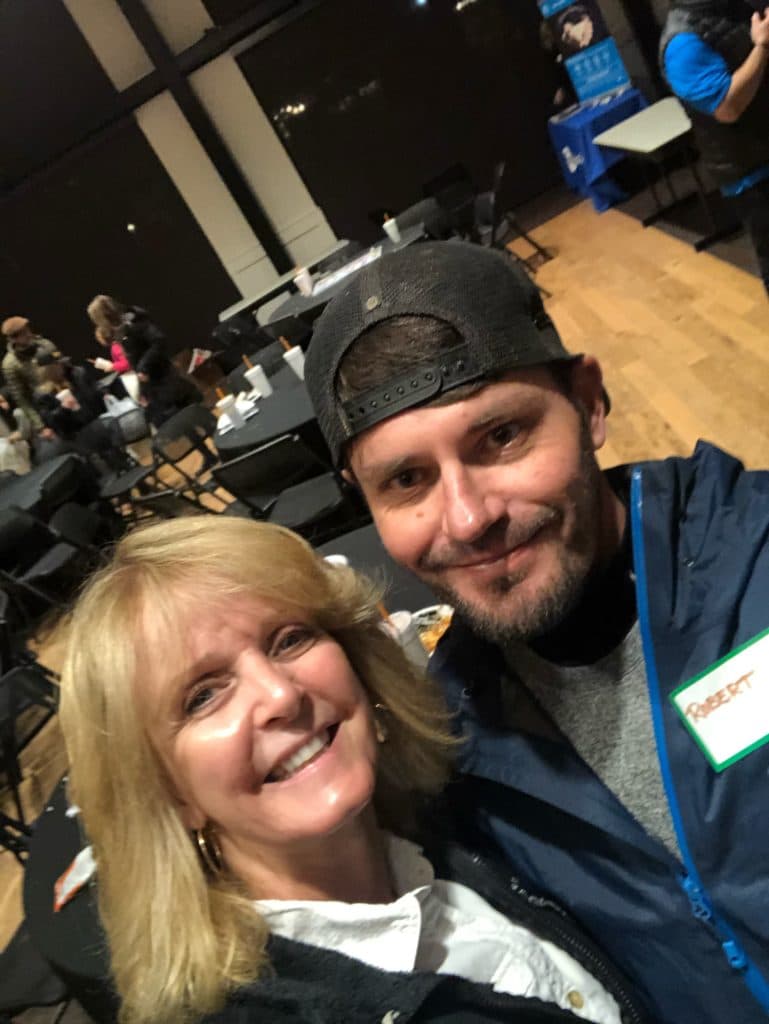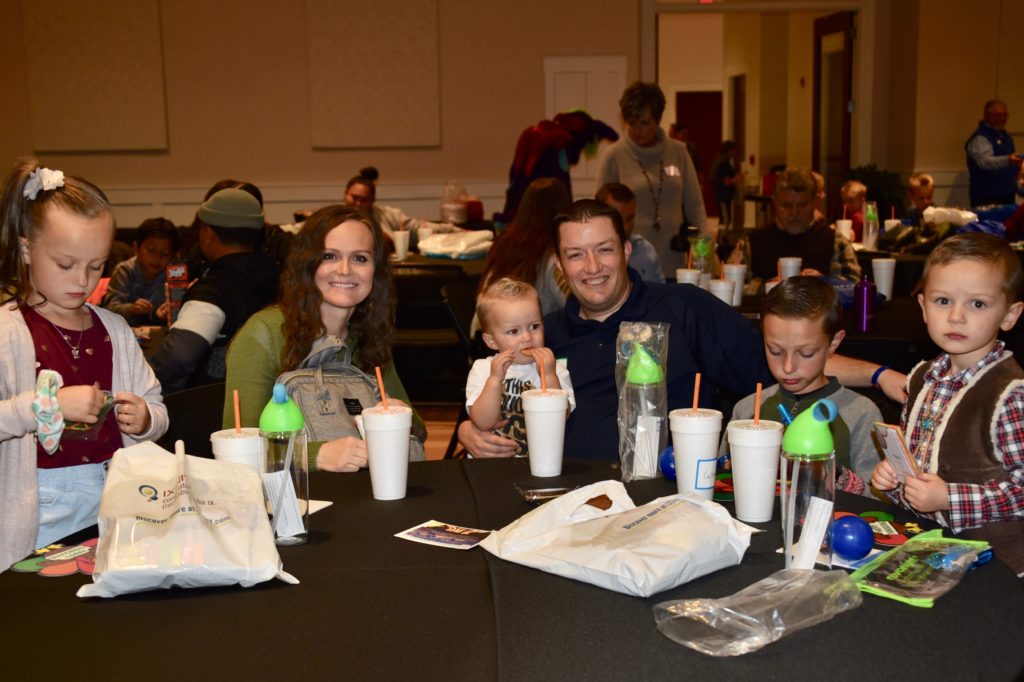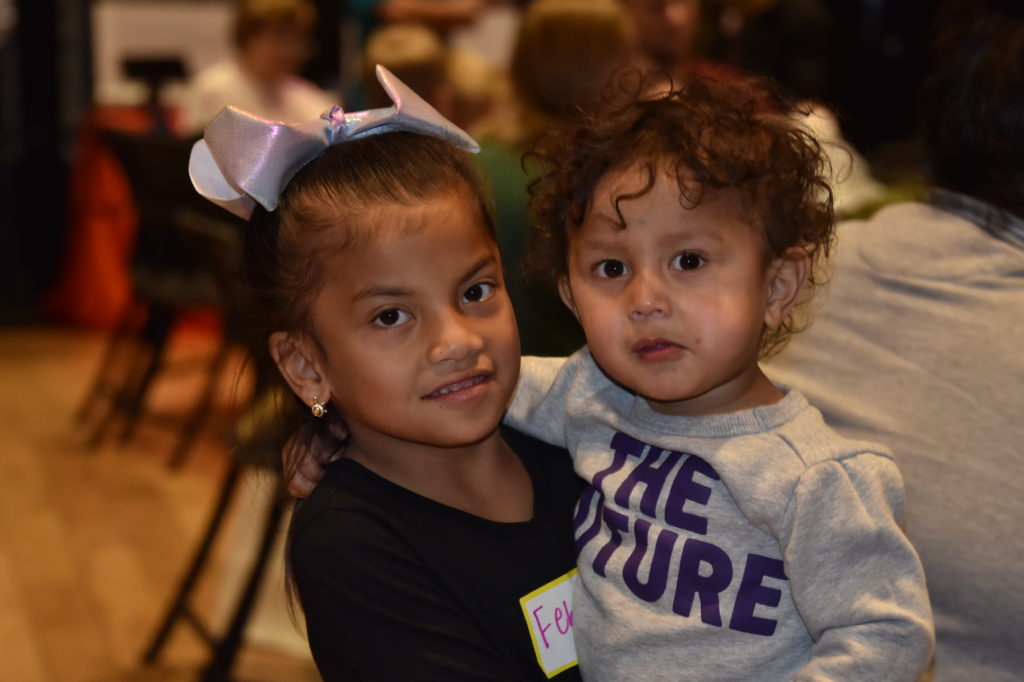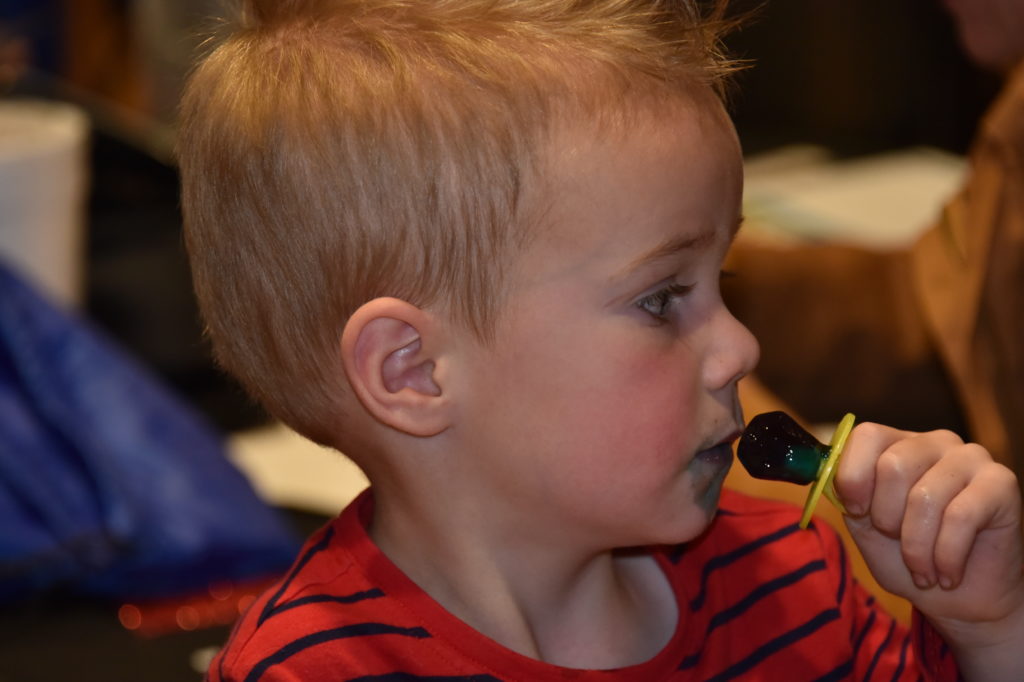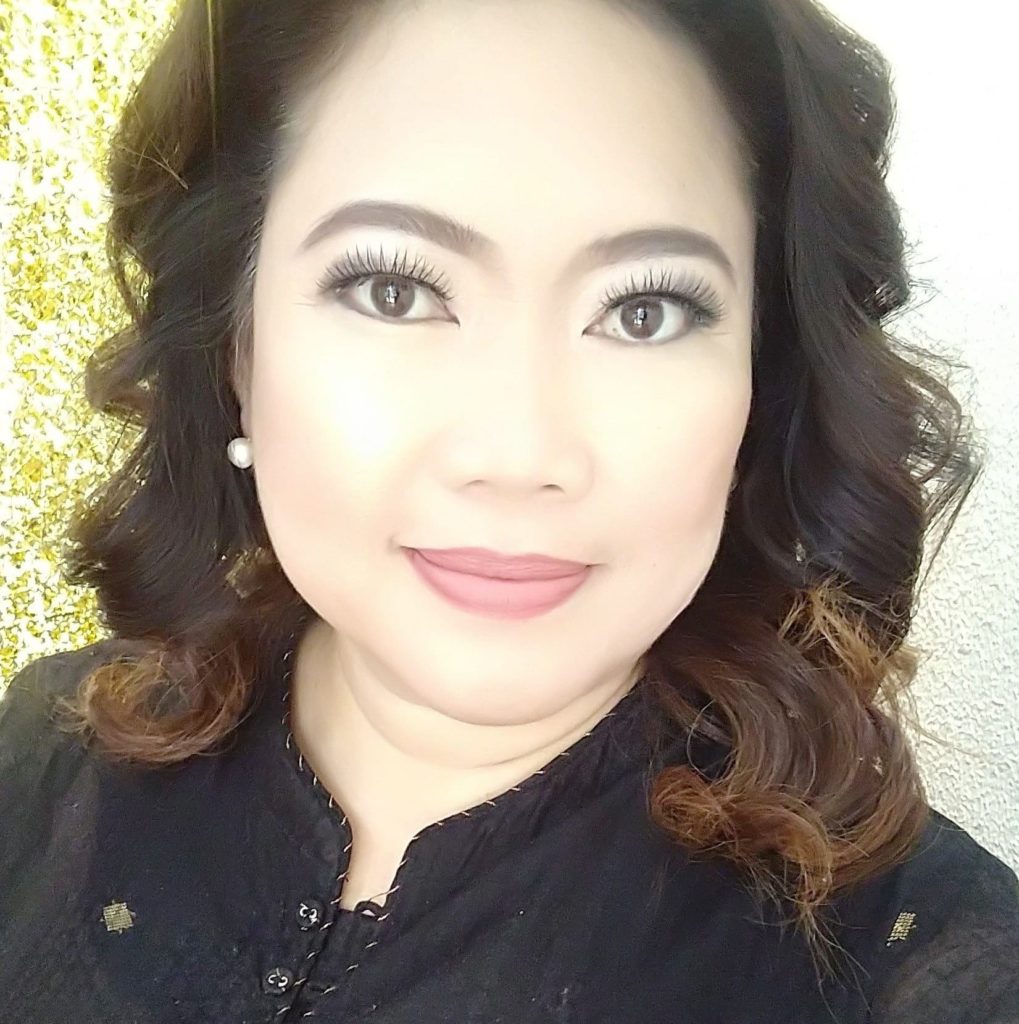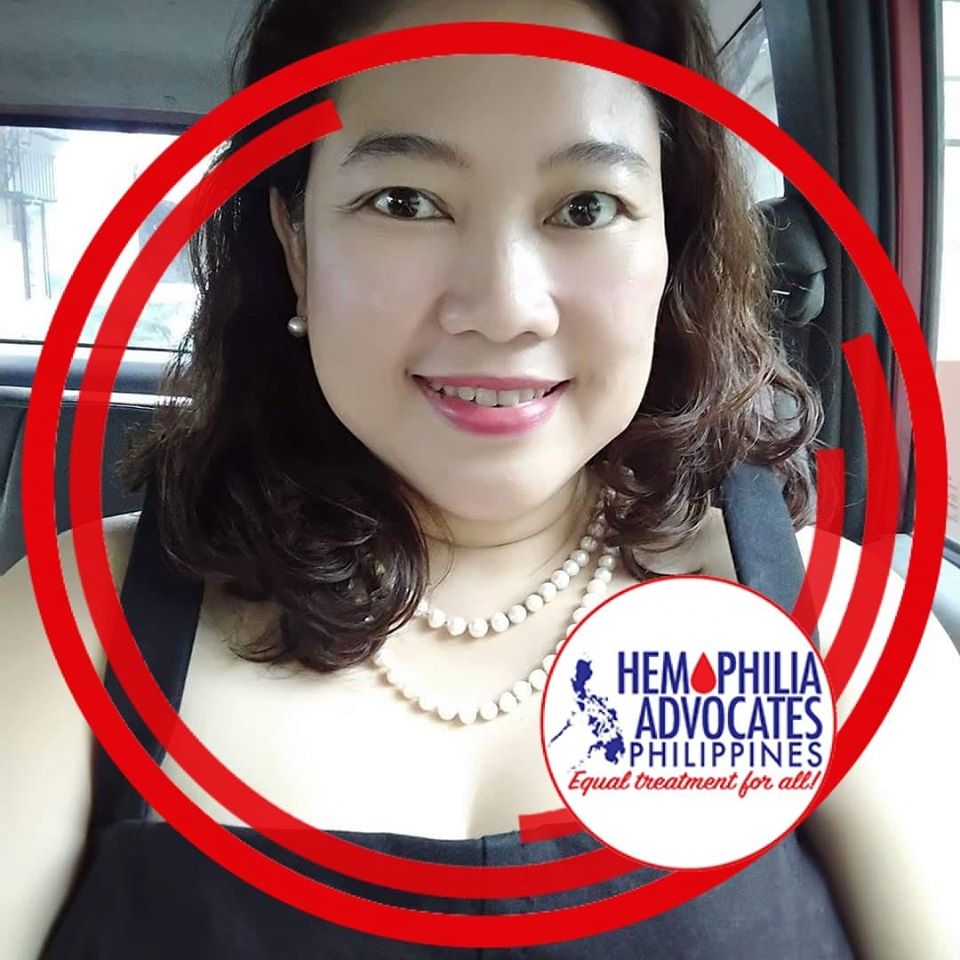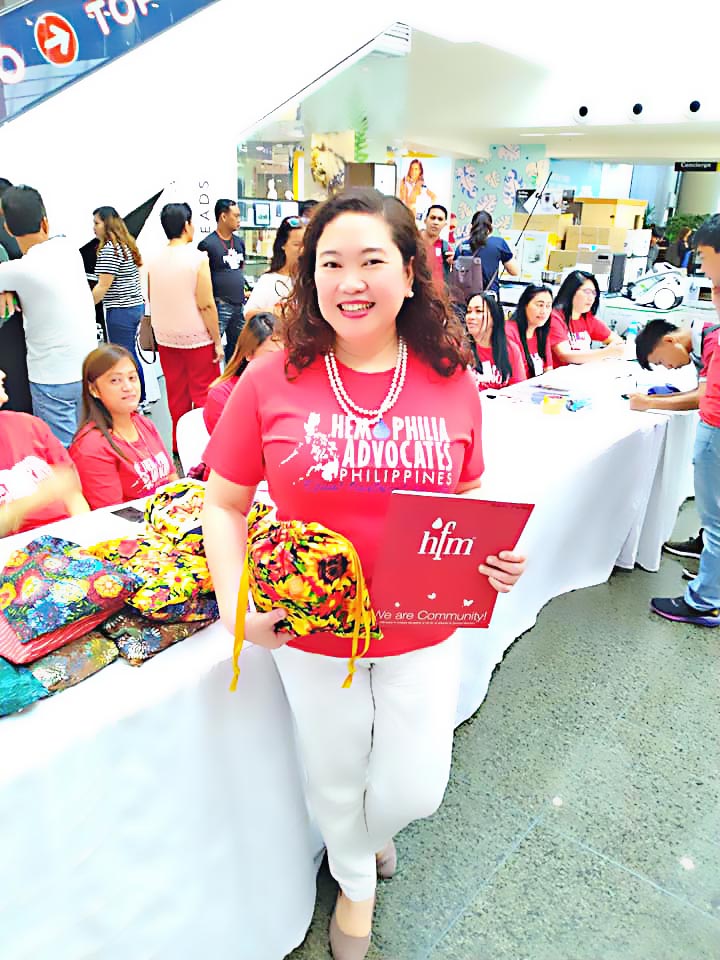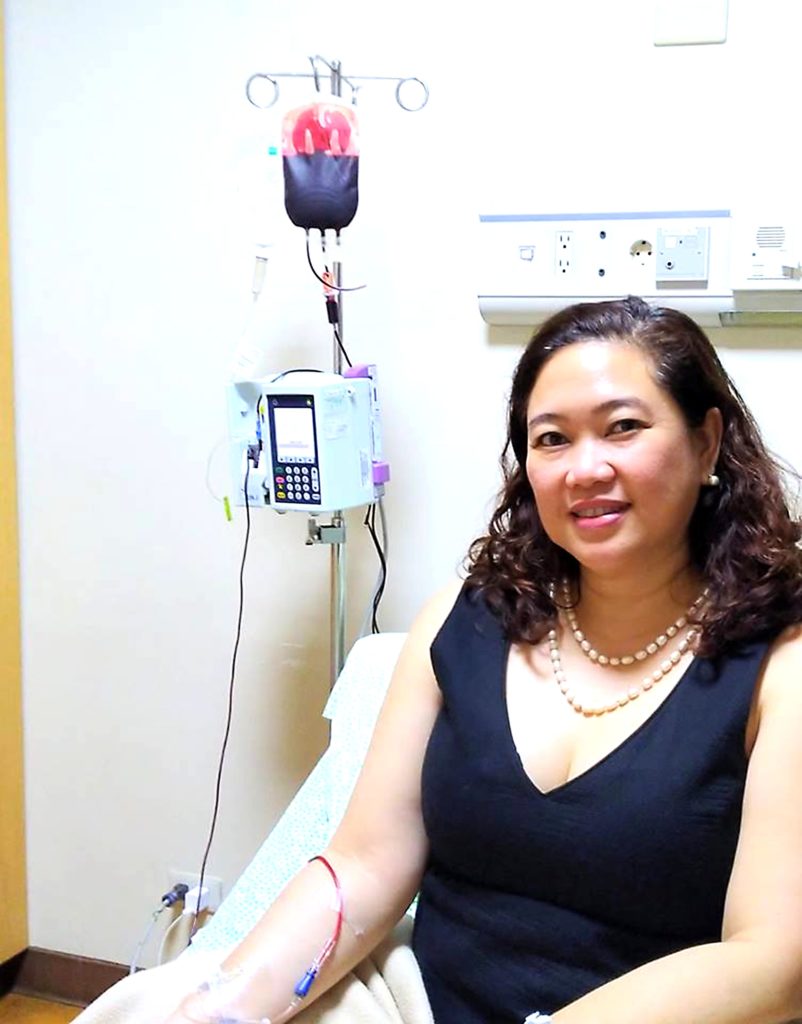Exploring New Worlds When You Have Hemophilia: John Oliver
By Richard Atwood
Have you ever thought of traveling overseas?
A benefit of current treatment of hemophilia is the freedom to safely travel. This was not always possible before the use of factor concentrates. Now with just a few precautions, such as carrying a medical ID, a letter from your hematologist, and a travel case of factor concentrate with necessary supplies, along with your passport and a credit card, you can easily travel to many destinations in the world.
Suppose you wanted to travel across the Atlantic Ocean from England to America. Today you could take a five-hour flight from London to Boston. Now compare that to the voyage of John Oliver (1613-1641), the first recognized individual with hemophilia to travel across the ocean almost 400 years ago. Newly married in 1639, Oliver left England to settle in the Colonies.
John Oliver born in Bristol. The eldest child of James Oliver (1586-1629) and Frances Cary (1590-1635), Oliver had two sisters and two brothers who lived to be adults, and possibly three sisters who died as children. It’s unknown whether a family history of hemophilia existed. At 16, Oliver was apprenticed for eight years to his uncle, Walter Stephens of Bristol, a dealer in textile fabrics. Oliver belonged to a multigenerational extended family of seemingly prosperous merchants.
By 1639, Oliver finished his apprenticeship and received his inheritance after both parents died. His 22-year-old brother James died that year, allowing the speculation that he had hemophilia. Oliver received his brother’s inheritance of £50. After marrying Joanna Lowle (later spelled Lowell), Oliver, at age 26, packed their belongings. Then accompanied by his in-laws, the couple probably traveled by wagon to London, where everyone boarded the Jonathan.
The Jonathan was about 100 feet in length with a capacity of 200 to 300 tons. There were two or three small cabins for important passengers plus a hold for 100 passengers (with maybe room for cattle on the deck). There were over 50 individuals who were aboard. A regular fare was £5 (around $4 in today’s market) and a cabin cost £17, plus £8 for one group’s luggage, and even more for food.
Sailing under Master John Whetstone, the Jonathan departed London on April 12, stopped briefly in Southampton, and arrived in Boston Harbor on June 23. A voyage across the ocean at that time was expected to take six weeks. This trip lasted over nine weeks, indicating bad weather or other problems. Some of the passengers died on board from childbirth complications, infant illnesses, and possibly infectious diseases. Sanitary conditions were most likely impossible to maintain, and food supplies were limited.
John Oliver traveled in a party of 17 led by his father-in-law Percival Lowle (1571-1665), an importer and merchant in Bristol. Lowle was accompanied by his wife, his two married sons and their families, his two married daughters and their families, plus business associates and apprentices. This was the beginning of the prominent Lowell pedigree in New England. (The city of Lowell is named after them, and is home to University of Massachusetts Lowell.)
Soon after arriving in Massachusetts Bay Colony, Oliver and his wife settled in Newbury, about 35 miles north of Boston. The couple bought house lots and arable lands, meadows, marsh, orchard, fences, privileges, and commons from Mr. Stephen Bachelor and Christopher Hussey for six score pounds. Oliver was a merchant of imported goods from England, probably working from his home. In 1640, he was admitted as a Freeman and his daughter, Mary, was born. The next year he was chosen to serve on the General Court appointed commissioners for small causes in Newbury.
Oliver must have died in January 1642, probably due to complications of his hemophilia, leaving an estate worth £420 in lands and goods. In 1645, his widow married Captain William Gerrish, another merchant who traveled in the Lowle party. Later in 1656, 16-year-old Mary Oliver, a hemophilia carrier, married Major Samuel Appleton Jr. from that prominent New England pedigree in Ipswich. Their marriage started the extensive Appleton-Swain pedigree of hemophilia A in Massachusetts—the first known family with hemophilia in the Americas.
Today we are often critical of air travel. High cost, lack of leg and elbow room, inadequate bin size, rude passengers, extra charges, security checks, long delays. Consider what John Oliver had to endure during those nine weeks he was aboard a ship to appreciate how we travel today in airplanes! Yet like Oliver, we also have to pay extra for luggage and food, so some complaints about traveling seem to persist forever. But don’t let that hinder your travels abroad!


